
You can Win $50,000 in Cash and a complete fitness package for your friends and family.

The purpose of this website is to give every African-American, especially NBCI members and congregants, the latest scientific information concerning physical exercise and nutrition in the Black community. The African-American community has reached a tipping point in the areas of physical exercise and nutrition. Our issues with accurate health information, excessive weight, and bad nutritional behavior have created a dynamic that will cause over 50% of the Black community to be medically and/or physically disabled within the next 10-15 years unless we change. This is why NBCI has taken on this extraordinary project to get African-Americans moving while providing scientific and helpful information about physical exercise and nutrition.
Each of the sections that we have laid out in this website is specific to gender and age within the population of the African-American community. Each section contains articles, videos, expert opinions and demonstrations, helpful and life-saving information, as well as motivation so that we can start treating our bodies like the holy temples that God has created. The Scripture says, ‘I came that they may have life and have it abundantly’ and this is the aim of the National Black Church Initiative’s Physical Exercise and Nutrition Initiative. We want African-Americans to re-discover abundant living through proper and efficient exercise techniques and sound nutritional practices.

Come on, Black people, let’s get in shape this summer!
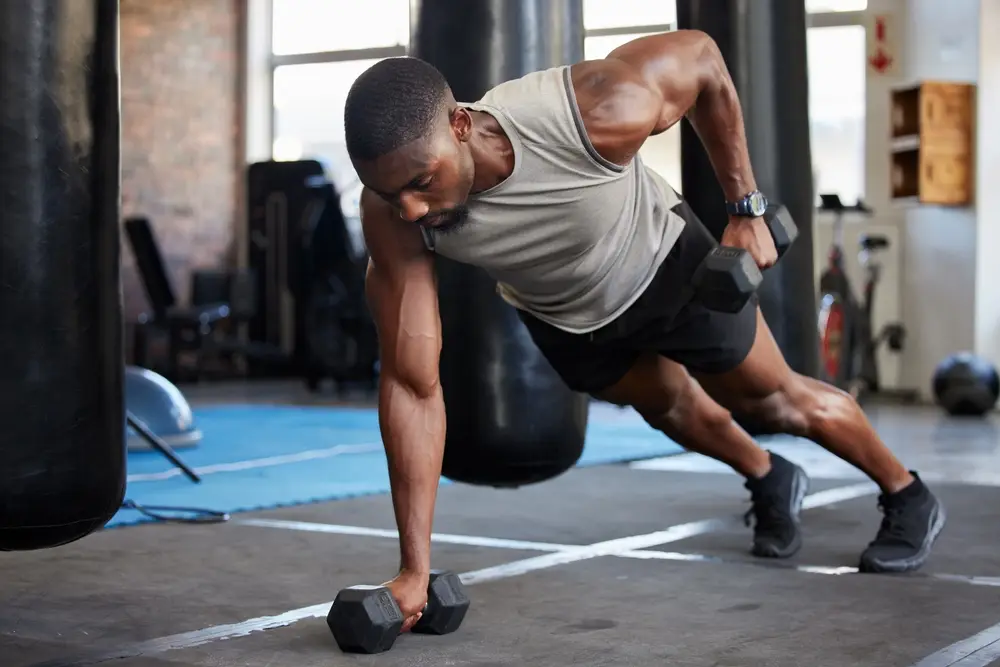 You can make fat-burning fun again with one of these super-charged activities. They will breathe new life into your gym time this year, helping you stay motivated, and keep your body burning more calories. Burning 1000 calories a day is not an easy task, but with dedication and intensity, you can do it consistently all year long. The amount of calories burned depends on a person’s weight and fitness level, intensity level, type and duration of activity.
You can make fat-burning fun again with one of these super-charged activities. They will breathe new life into your gym time this year, helping you stay motivated, and keep your body burning more calories. Burning 1000 calories a day is not an easy task, but with dedication and intensity, you can do it consistently all year long. The amount of calories burned depends on a person’s weight and fitness level, intensity level, type and duration of activity.
Starting a new and intense exercise program isn’t a good idea if you have a health condition such as diabetes or heart disease that could be affected by exercise unless you get the green light from your doctor.
It’s also not a good idea to purposely burn a significant number of calories without refueling properly if you’re already below a healthy weight for your gender and height.
If you don’t eat after periods of heavy exercise on purpose, that can be a sign of the eating disorder anorexia. Exercising intensely after periods of binge eating can be a sign of bulimia or binge eating disorder.
If you think you may have an eating disorder, you may benefit from talking with a healthcare professional who specializes in eating disorders.
If you’re burning 1,000 calories a day through exercise, the amount you should eat depends on your goal.
If your goal is to lose weight, you’ll need to consume fewer calories than you burn. Reducing your calories by 500 to 600 a day under your maintenance level can lead to about a pound of weight loss per week. This is often considered a healthy rate.
Attempting a “crash diet” or a highly restrictive diet to lose weight is rarely successful in the long term.
If your goal is to maintain your weight, you’ll need to eat the same number of calories that you’re burning. To gain weight, you’ll need to eat more.
When choosing foods to eat during a high impact workout, you can consider foods that are high in carbohydrates, protein, or both:
Carbohydrates
The body’s preferred fuel source during intense exercise. Good sources include whole grains, fruits, vegetables, and legumes.
Protein
Can help increase muscle protein synthesis. You can eat 20–30 grams of protein before a workout, with or without carbohydrates.
Bananas
A popular choice among athletes because they provide a quick release of energy.
Berries
Dark berries in particular are easily-digested glucose that fuels your muscles.
Yogurt
It’s not only good for gut health, it also has a decent amount of lactose, a milk sugar that’s easily used for energy. The protein in yogurt also slows down the absorption of lactose, making the energy boost last longer.
Hard-boiled eggs
They’re packed with protein, choline, and essential fatty acids. Eating eggs before a workout can help with muscle growth, blood sugar levels, and energy production
A simple stair climb back and forth up and down the stairs for 20 minutes can burn up to 1,000 calories. That’s right, 1,000 calories! Taking each step one at a time vigorously will help. Start with 60 stairs. Even if you have to go up multiple flights of stairs, it’s ok. Go back and forth, up and down, without stopping. You’ll feel the results after 20 minutes!
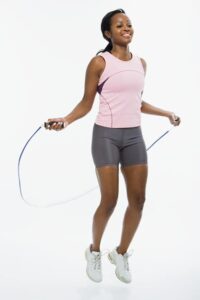
As one of the highest-calorie-burning exercises, jumping rope burns about 11 calories per minute. Varying speed and increasing intensity while jumping can burn up to 20 calories per minute. It is estimated that a 150-lb. person jumping rope at a moderate level (140 revolutions per minute) burns 1,022 calories in 60 minutes (try 15-minute intervals throughout the day). Jumping rope at a fast pace (180 to 200 revolutions per minute) burns around 1,020 calories in 50 minutes.
Calories burned while bicycling depend on intensity and terrain. The amount of calories burned will differ when riding a stationary bike versus an outdoor bike. A 150-lb. person bicycling at a racing pace (16 to 19 mph) for 75 minutes burns about 1,020 calories. Biking 14 to 15.9 mph (vigorous effort) burns close to 1,022 calories in 90 minutes.
Interval training combines short bursts of high-intensity exercises with recovery exercises, a less-intense form of exercise. Sprinting for two minutes with a one-minute recovery jog is an example of interval training. Interval training burns calories faster due to the high burst of intensity. A walk that usually takes 60 minutes may only take 45 minutes with small bursts of high-intensity walking. Depending on the exercise, interval training can burn 1,000 calories in 60 to 90 minutes. Strength-training exercises, such as push-ups, lunges, squats or bicep curls, can be used as recovery exercises in combination with high-intensity exercises.
Try these examples of a good, sweaty interval workout:
or
Believe it or not, jogging burns a large number of calories in a short amount of time. A 150-lb. person running at 6 mph (10-minute mile) burns approximately 1,022 calories in 90 minutes. Increasing speed burns more calories in a shorter period. The same person can burn 1,020 calories in 60 minutes running at 9 mph (6.5-minute mile). Running stairs burns 1,020 calories per hour.
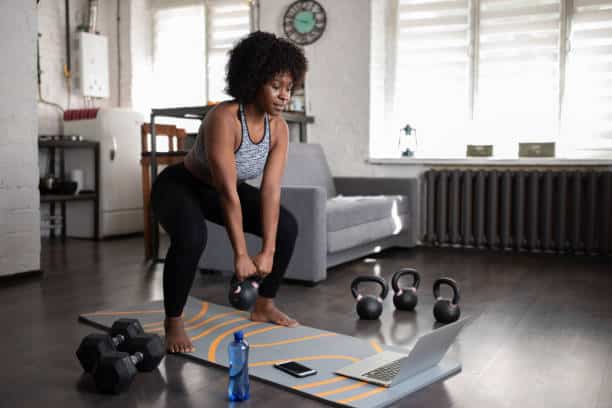
You can tell when somebody paid for it. Booty, that is. The hips are too small, the butt is gigantically disproportional and the walk ain’t the same because of it. “OH MY GOD! Becky look at her butt!” used to be the tagline for mainstream America when they saw our sisters with their nice behinds, but times have changed. Nowadays, butt augmentation surgeries and backroom injections are becoming increasingly popular. For those less endowed in the lower extremities, here are some tips to get a bigger, firmer and nicer butt – naturally. Stop buying “booty lifters” and fillers and start using a few of these booty exercises. Put in that WORK!
Squats are the go-to exercise for improving the shape and plumpness of your butt. When performing a normal squat, you want to keep your feet equidistant apart from each other and lower your body up and down in a controlled motion. With each motion, you want to lift your heels, arch your back, and if you’re doing it correctly, your knees will go past your toes.
Instead of doing squats the normal way. Try a few of these variations that will develop different parts of your lower physique. The closer your feet are together, the more your quads will work. The further apart your feet are, the more you’ll feel in your hips and butt.
Now let’s have fun with it. Add some barbells to this exercise to add resistance to this workout. You can also add a bar on your shoulders if you’re not comfortable with barbells.
Recommendation: 2 sets of 10 reps
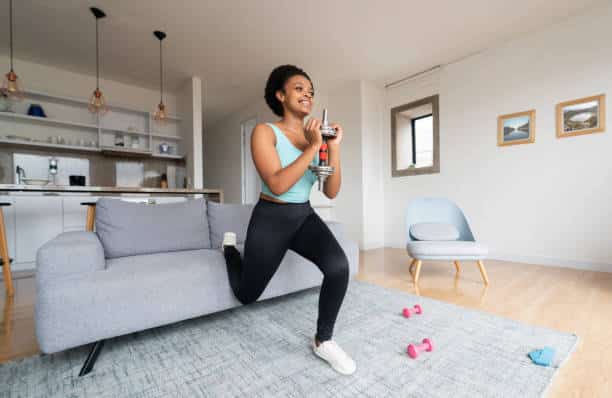
While holding two dumbbells to the side of your body, bring one leg forward, keeping good balance. Bend your legs and let the weight of the dumbbells bring you down towards the ground. The front knee should not go past your toes. The other knee will almost touch the floor, and then you come back up. Complete all of the repetitions with one leg and then alternate.
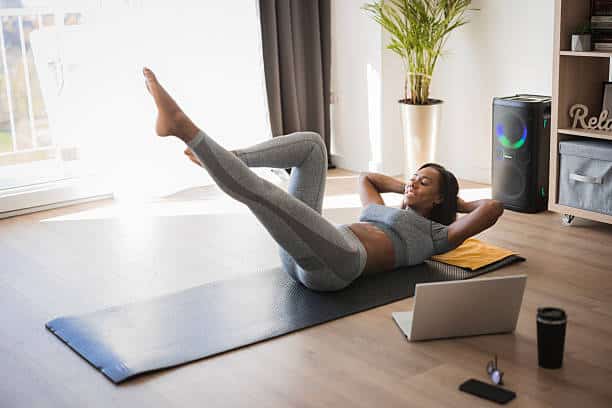
Recommendation: 2 sets of 10 reps
This exercise will surely have you feeling the burn. Your hamstrings and glutes will thank you later. But the wonderful thing about this exercise is that you can do it from your bed if you choose to.
It’s recommended you try this on a step or a platform, but if you choose your bed, that’s fine as well. You’re going to lie facedown with your hips on the edge of whatever surface you’re on, your legs should be straight, with your toes resting lightly on the ground. (Of course, if you’re on the bed, your feet will be higher). This part is where it starts to get tricky. Squeeze and contract your glutes and hamstrings until they are level with your hips. You’re going to lift one leg high and then alternate. The move should resemble a flutter kick in the water.
Recommendation: 3 sets of 20 repetitions
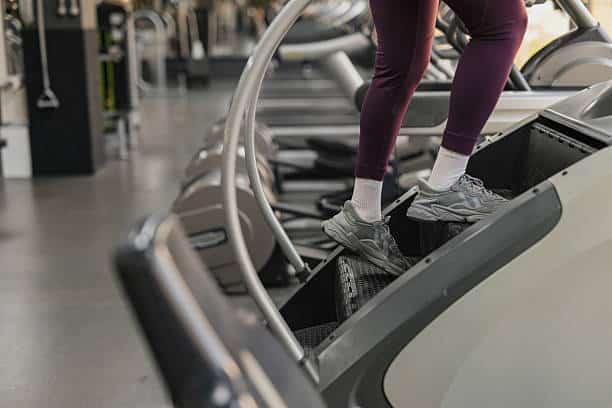
The good ol stairmaster is your best friend. Be sure not to cheat the process while using this machine. You’ll be spending hours accomplishing nothing if you do. It’s recommended that you go at a slower speed to make sure that you’re taking normal and full steps. Be sure to step down through the heel of your foot; you should feel your body weight with this motion. Outside of getting a firmer butt, you’ll also experience fat loss, burned calories and a healthy heart rate.
For those who like the treadmill, exercise on an incline to receive the maximum benefit.
Recommendation: 20 minutes for 3 days per week. As you progress spend 30-45 minutes for 5-6 days a week.
There are a bunch of different ways to tackle the plumping up of your butt. Try new things and get creative, and see what works for you. Genetics will ultimately determine how big your butt will get. Just look at Aunt Pam and Grandma Theresa, that’ll give you a great indication of what your booty could look like. Be consistent and if anything, you’ll be getting healthier in the pursuit of having some good junk in the trunk. Be well.
National Black Church Initiative’s HED Healthy Food and Physical Exercise Plan
If you’re working out, then you’re probably wasting your time and energy doing particular exercises that aren’t particularly effective. Why? There’s just so much information out there…and much of it isn’t as accurate as you’d like to believe. Read More
The bestselling author shares tips from his new book, Eat Your Age: Feel Younger, Be Happier, Live Longer, on achieving optimal health at any age. https://myblackfitness.
Its been three years since rapper DreamDoll, who has appeared on shows like Bad Girls Club and Love & Hip Hop: New York and has over 4 Million social media fans, had multiple procedures to remove silicone implants from her backside. Read More
The National Black Church Initiative (NBCI), a coalition of 150,000 African African American churches and 27.7 million members will launch myblackfitness.com, a comprehensive wellness site for 43 million African Americans. This is the first-of-its-kind website primarily focused on 43 million African Americans. The content of the website is science-based and evidence-driven. Read More
Believe it or not, Brazilian Butt Lift (BBL) surgery is more popular now more than ever. Even during a pandemic, the BBL procedure is getting done at an alarming rate–and it’s raising concerns for a lot of people. Read More

Healthy meals start with planning
Your healthy meal plan is ready. Grocery shopping for nutritious food is done. But when you’re ready to fill your plate, how much is too much?
A plan for healthy eating includes knowing how much food your body needs. And then eating that amount, no more and no less. Two measurements can help you do this: serving size and portion size.
Serving size
A serving is the amount of a food or drink that people typically take in. You’ll see the serving size on nutrition labels for packaged food. The label also tells you things like how many calories or grams of fat are in that serving of food.
Fresh food, such as broccoli or meat, has a serving size too. Of course, fresh foods may not have labels, but you often can find out the serving size for these items on the internet.
15 Worst Foods If You Have High Blood Pressure!

Avocados are a nutrient-rich food that can provide many health benefits, including:

Bananas have many health benefits, including:

Zinc is a mineral that has many health benefits, including:
Zinc supports the body’s natural defense mechanisms and inflammatory processes.
Zinc is essential for cell division, tissue repair, and collagen synthesis.
Zinc helps manage the body’s inflammatory response by reducing oxidative stress and certain proteins. This can help with conditions like rheumatoid arthritis, inflammatory bowel disease, and rosacea
Walking
Is walking good for you? The short answer is YES. Walking can be excellent exercise with a myriad of benefits, physical and mental. So whether you’re looking to raise your heart rate and clock some cardio or clear your head after a tough meeting, walking is just what the doctor ordered.
Let’s unpack why walking is the perfect prescription for many of our daily woes, unpack the top 5 health benefits of walking, and prepare you to add walking to your daily or weekly health routine.
If you’re still asking, “Is walking good exercise?” or “Is walking good for you?” then it’s time to answer that once and for all with some cold, hard facts. While there are well over a dozen science-verified health benefits of walking, according to the Mayo Clinic, we’ll outline our favorite five here.
These are just a few of our favorite benefits of walking every day or at least a few times a week. And since walking for health can be good exercise, especially for beginners, let’s explore some logistics folks face when adding walking to a fitness routine.
The first thing to decide is where you’ll enjoy a walk: inside or the great outdoors? Of course, the weather may answer this question since heavy rain and extreme temperatures mean you’ll be stuck inside. Not to worry, a treadmill workout can be a great way to get many benefits of walking. But inside or out, you can always concentrate on your technique and posture–more on that below.
And think outside the treadmill box by finding other indoor walking options like an indoor track. One of the non-fitness benefits of walking every day–or as often as possible–is exploring new places in your town or city.
When walking outdoors, you have lots of options. Local parks, hiking trails, or just the sidewalk in your neighborhood can offer an exciting locale for your walk.
Besides staying aware of your surroundings, there are a few other things to consider before you set out for your stroll. If you’re outside, keep your headphone volume low and noise-canceling features turned off. Plus, you’ll want to stay aware of vehicles and pedestrians crossing roads. Finally, walking can be a mindful activity, focusing on where you are instead of being distracted by frustrating or stressful situations beyond your control.
Wherever you’re walking, ensure you’re rocking supportive shoes and practicing proper technique. Arms should be swinging easily by the side, chin parallel to the ground, and gaze straight ahead with shoulders back, but not tense. Roll easily from heel to toe while engaging the core muscles slightly.
Sure, walking is good exercise. But is walking really working out? Again, YES! Especially if you’re consistent and get intentional about your routine.
Once you’re enjoying the benefits of walking every day (or a few times a week), pick up some hand or ankle weights or even a weighted vest to boost your strength training. Use light weights—no more than five pounds—to increase resistance and build strength more quickly. Stay vigilant when mixing up your routine so you don’t add too much too soon.
As your bones and muscles strengthen, you can cover longer distances faster. However, don’t overextend yourself too soon, or you could face an injury that keeps you on the sidelines for weeks. Instead, increase speed and distance gradually. For example, add 5-10 minutes to your weekly walk or a quarter mile to your distance every few days. Consistency will help you form a lasting habit.

Garlic has many potential health benefits, including:
Garlic has been used for medicinal purposes for thousands of years. However, garlic is high in fructans, so it may trigger digestive symptoms like gas and bloating for people with irritable bowel syndrome (IBS). Patients taking anticoagulants should also be cautious, and you should stop taking high dosages of garlic seven to 10 days before surgery. Read More
Managing your Medical Conditions with Good Nutrition, Physical exercise and alternative medicines Under your Doctor’s Care According to your Age and Weight


Managing your Medical Conditions with Good Nutrition, Physical exercise and alternative medicines Under your Doctor’s Care

Managing your Medical Conditions with Good Nutrition, Physical exercise and alternative medicines Under your Doctor’s Care According to your Age and Weight


Managing your Medical Conditions with Good Nutrition, Physical exercise and alternative medicines Under your Doctor’s Care

The benefits of physical activity make it one of the most important things you can do for your health. Each week, adults need 150 minutes of moderate-intensity physical activity and 2 days of muscle-strengthening activity, according to the current Physical Activity Guidelines for Americans. This recommendation will depend on age, condition, body weight, and other factors. Check with your trainer if you have one or your doctor.

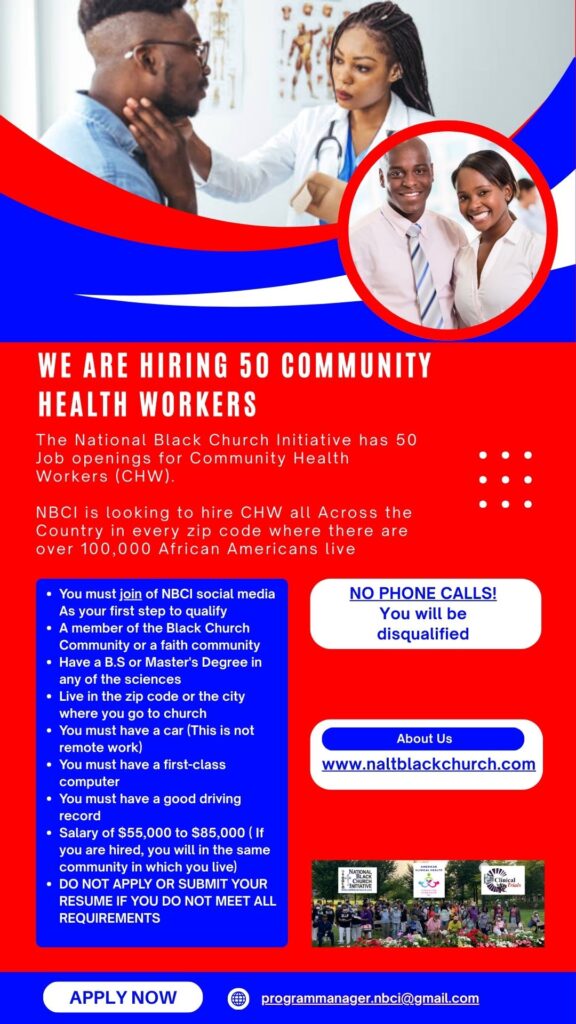
Contact us!